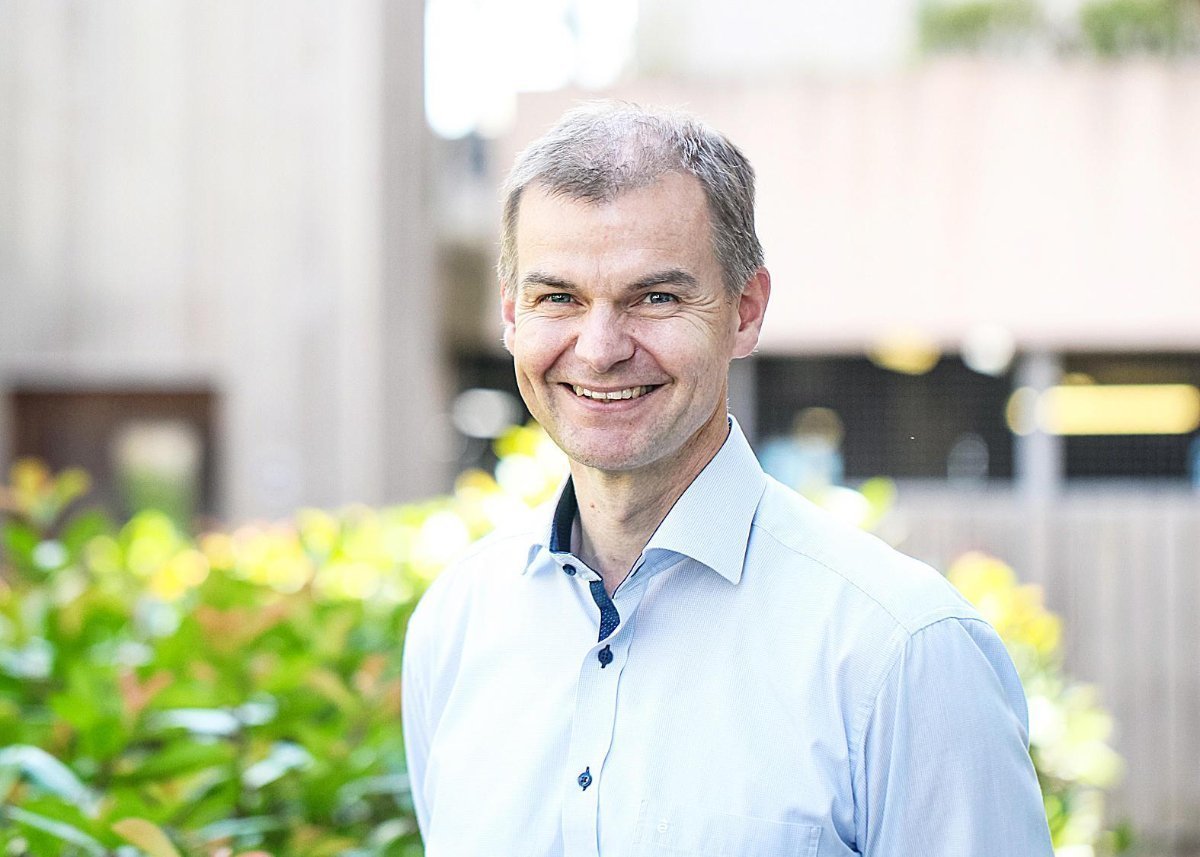The world of power electronics is evolving at an incredibly fast pace. We spoke to Dr Ingo Lüdtke, Head of Power Electronics, to discuss how compound semiconductors are aiding this development.
Before joining CSA Catapult, how did your career path bring you to compound semiconductors and Power Electronics?
My career started with Electrical Engineering degrees in Computer Science in West Germany, followed by a Masters in Automation Technology in what was East Germany.
I then moved to Wales to study for my PhD in the field of power electronics and motor control. It seemed a lot less popular then, compared to now, as it has become an enabling technology for the future of transport, energy and many other sectors. Before the Catapult, I worked at a Japanese company for 20 years, designing three-phase motor controllers for home appliances and industrial applications.
There’s been a lot of news recently about the UK’s 2050 net-zero target and consultation on ending the sale of new petrol, diesel and hybrid cars and vans by 2035 or earlier. How has that target affected power electronics projects at the Catapult?
The environmental impact of fossil fuel-based transport and energy generation has brought electric vehicles and alternative energy generation into the public conscience. Power electronics, alongside electric motors and batteries, are the key technologies to reducing air pollution and its adverse health effects. The mass introduction of electric vehicles has been talked about for a long time and it’s exciting that it’s something we’re working on.
Compound semiconductors allow us to improve the energy efficiency and reduce the size, weight and cost of electric vehicle propulsion, mainly by requiring less battery capacity for the same range, thereby also reducing charging times. Currently, the battery is the most expensive part of an electric car. As a result, compound semiconductors help to make electric cars cheaper.
The driving force behind electric vehicles and alternative energy generation is the reduction of greenhouse gas emissions and improved air quality, ultimately saving our planet and impacting everyone’s lives – that is certainly the driving force for me.
That’s where compound semiconductors come in: not only do they enable us to save energy in existing markets, their adoption opens a range of new markets and products. Saving energy in additional markets further reduces the environmental impact of an ever-growing human population.
What do you think future power electronics innovation looks like?
Next generation compound semiconductors will enable power conversion at higher operating voltages, frequencies, temperatures and efficiencies. Full utilisation of these benefits requires enhanced capacitors, magnetics, sensors, gate drivers, thermal management and integration technologies to achieve higher power densities and lower cost.
The rapid electrification of transport provides a unique opportunity to accelerate the innovation in power electronics.
Speaking of transport, how do you get around?
I am a keen road cyclist, having done cycling tours in the UK, France and Spain, and I am looking forward to next year’s challenge in Italy.
Are you up to date on everything CSA Catapult? Don’t forget to follow us on Twitter and LinkedIn to ensure you’re in the loop.





